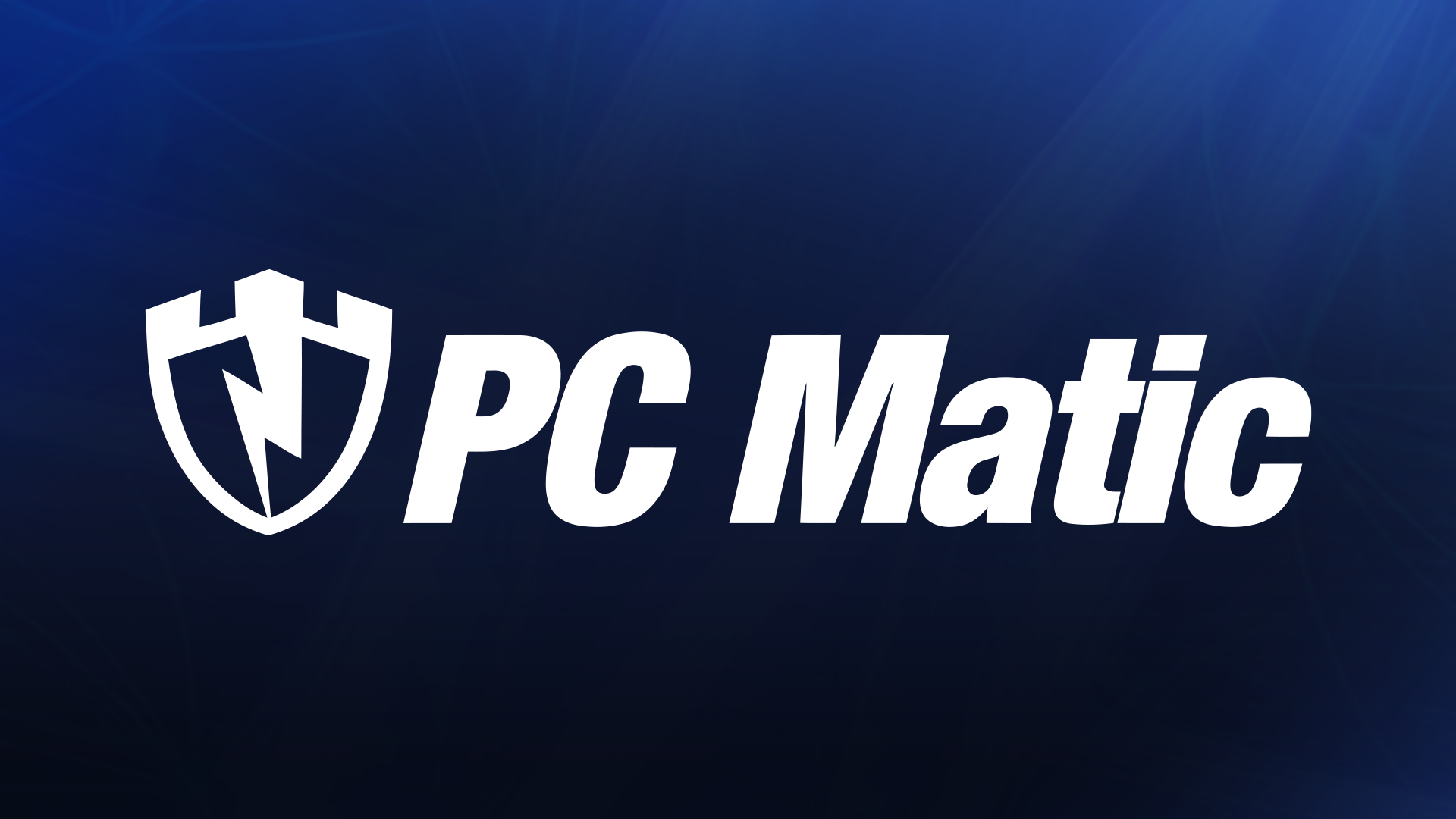Today at its Worldwide Partner Conference in New Orleans, Microsoft is announcing that it’s distributing a Technical Preview version of its upcoming Office 2010 suite to tens of thousands of testers. It won’t be a public beta that’s open to everyone who wants a sneak peek; that will come later this year, and the final version of Office 2010 isn’t due until some time during the first half of next year. But for the first time since it demoed some features last October, Microsoft is showing off the new Office and providing more information about its plans. And it’s briefed reporters and provided them with early access to the Technical Preview (including me).
Office 2010 will be the first version of the suite to reflect the era in which upstarts such as Google Docs and Zoho are delivering Office-like features in the browser, and charging little or no money for them. Microsoft’s response to the new challengers is multifaceted. On one hand, it’s introducing the first Web-based versions of the major Office apps. But it’s also stuffing scads of ambitious new features into the traditional versions of the applications, as if to prove its oft-stated (and accurate) contention that local software can still do lots of things that Web services can’t. And it intends to make the traditional and Web versions of the apps into a powerful team that’s more useful and versatile than either standalone software or a purely browser-based suite can be.
Unfortunately, using the current version of the Technical Preview doesn’t tell us enough to come to even a preliminary verdict about whether the final version of Office 2010 will be a no-brainer upgrade. That’s because Microsoft isn’t providing access to the Web applications or an array of new collaboration tools yet–and it’s the online and collaborative stuff that’s the biggest, boldest change planned for Office 2010. Moreover, the Technical Preview, unlike an almost-finished piece of software such as the Windows 7 Release Candidate, is still subject to meaningful revision before it goes out the door. It’s rough around the edges in spots, and Microsoft says it’s still looking for input from testers. So all I can say is that I’m cautiously optimistic about Office 2010 based on what I’ve seen so far.
Okay, that’s not all I can say–read on for my hands-on impressions of the Technical Preview, plus some information on the features that Microsoft isn’t ready to let outsiders try just yet. There’s a lot to chew on, so I’ll focus on the features that impress and/or intrigue me most.
[This post is excerpted with Harry’s permission from his Technologizer blog.]


